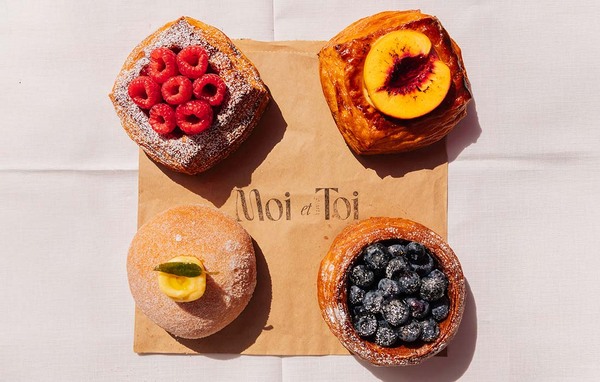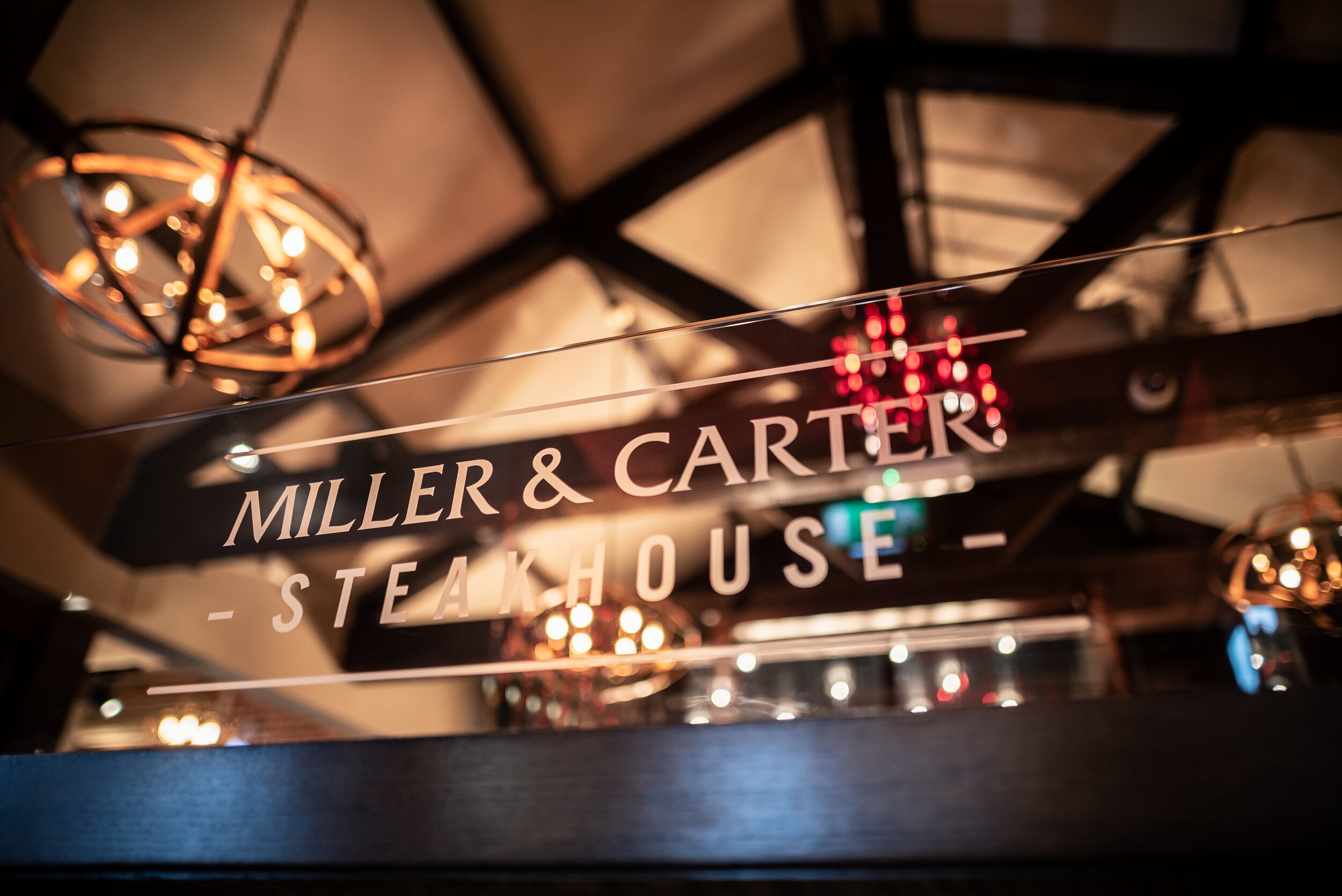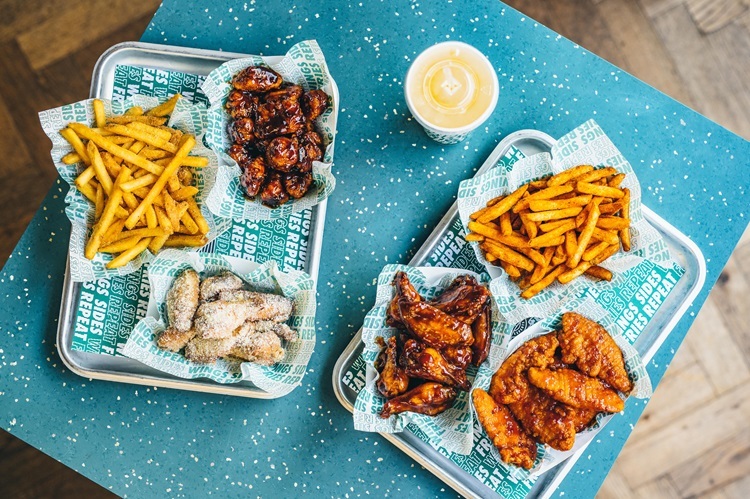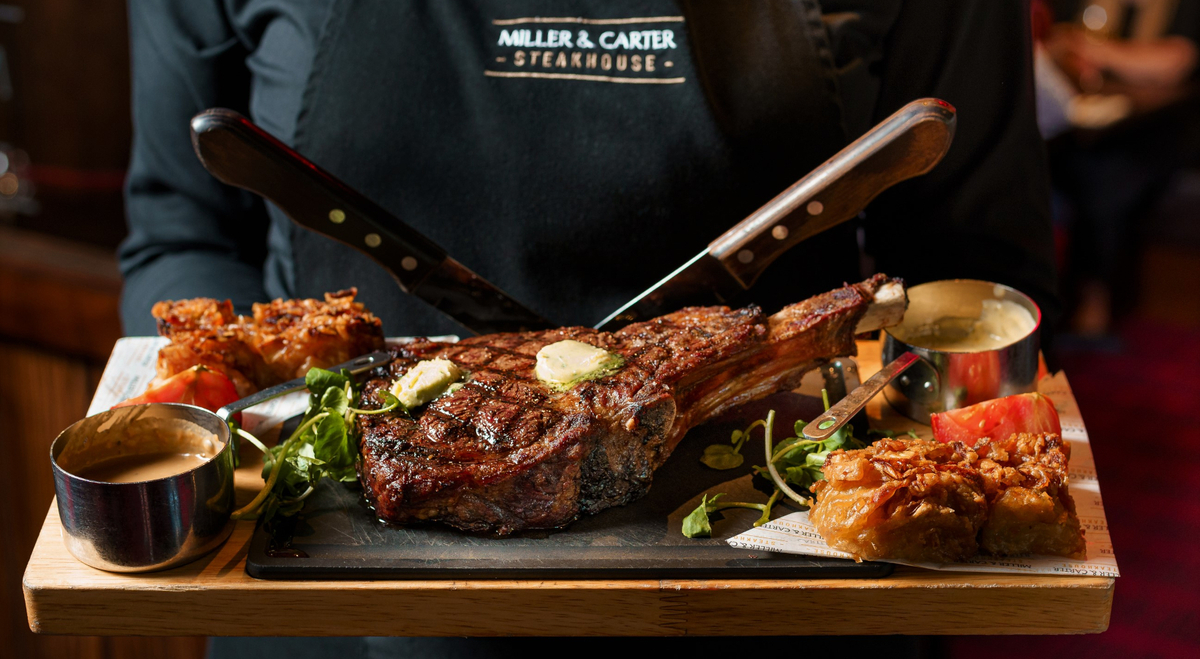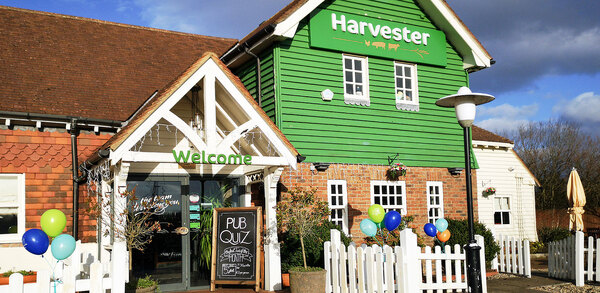Queen beef: Miller & Carter's Sue Walsh on setting up the steak brand
Mitchells & Butlers’ fast-growing steak restaurant chain Miller & Carter has proven to be a hit with diners and even the odd hard-to-please restaurant critic. Neil Gerrard speaks to director of operations Sue Walsh about the brand’s origins, what she thinks makes it special, and where it goes from here
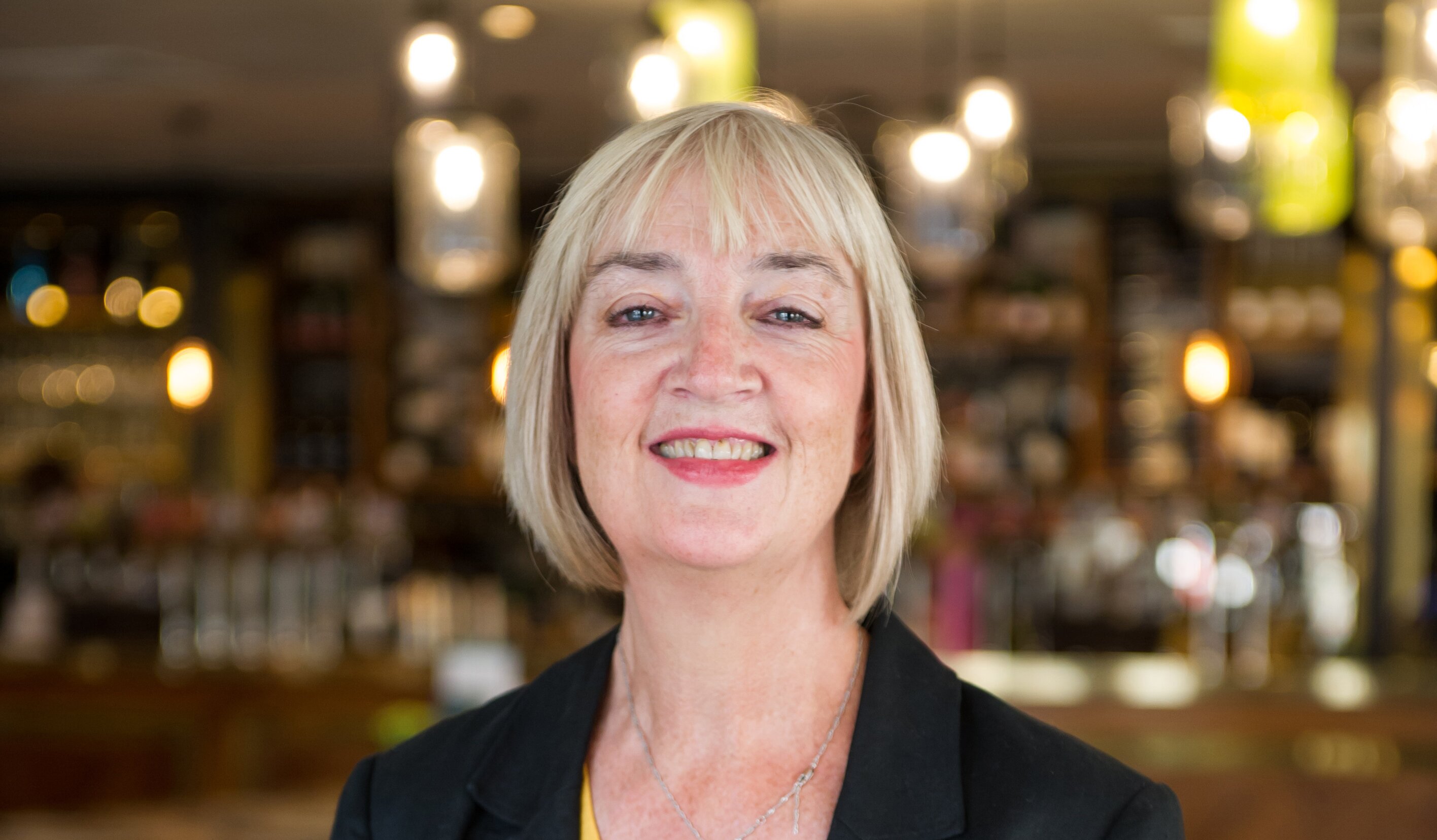
“I would bore the pants off people about steak if I could,” declares Miller & Carter’s operations director Sue Walsh. In reality, that seems unlikely – she probably doesn’t have the time.
Walsh is busy. Trying to interview her before Christmas proved an impossibility. Fortunately she has a fairly tight window to speak to The Caterer just before another of Miller & Carter’s most frantic times of the year – Valentine’s Day – and she appears to be fairly intent on sticking to it, despite her professed desire to wax lyrical about the ingredient around which one of pub and restaurant giant Mitchells & Butlers’ (M&B) most successful brands revolves.
She did take a brief breather recently to enjoy the positive reception Miller & Carter received from The Observer’s food critic Jay Rayner, who declared, perhaps unexpectedly, that the steaks are “good”, adding: “I would even edge towards very good.” The review reflects the levels of esteem held for the brand, which has grown rapidly during a period when other casual dining operations have faltered.
“When you are part of something and you have been for a number of years, then you actually have to pinch yourself a bit that people are interested in it. It’s very rewarding but it’s business as usual and sometimes you forget some of the things you have achieved,” says Walsh, in response to the praise.
Miller & Carter is something of an anomaly for M&B. It is one of only two full-service restaurant chains within the £2.2b-turnover business, the other being Browns. If it’s unusual in that respect, then it’s no less successful for it. It now has 117 restaurants across the country, with a further five planned between now and the end of the summer. When Walsh took over as director of operations six years ago, it had just 23.
The brand came into being some time around 2007, after M&B’s 2006 acquisition of 239 sites from Whitbread, a number of which were Beefeaters. M&B needed not just to change the format of those restaurants, but also wanted to create something that would offer a point of difference to its other brands in its densely populated estate. Walsh was already more than a little familiar with Beefeater, having worked on its development during the 17 years she spent at Whitbread prior to joining M&B in 2000. After working in a number of different roles at M&B at operations director level, such as developing Sizzling Pubs, as well as with brands including Ember Inns and Vintage Inns, she made the move across to Miller & Carter in 2014. Since then, growth has been dramatic.
Asked what she feels makes Miller & Carter special, Walsh offers up several different reasons, starting with its steak. Supplied by Fairfax Meadow, it comes from British and Irish firms and is fully traceable. The brand has also won the Masters of Steak accreditation from the Craft Guild of Chefs, of which Walsh is particularly proud. “We don’t compromise on quality, so we have a top-end raw product,” she says. “Meat is king for us. It is what drives people through the door.”
“We don’t compromise on quality, so we have a top-end raw product. Meat is king for us. It is what drives people through the door”
###For the people
But in addition to the raw product, she gives equal weight to the quality of the people who cook and serve it. That’s all well and good – and Walsh herself admits that “you’ve probably heard this before, but it really is important” – but how, in such a competitive market, does Miller & Carter go about making sure it has the best people?
“When we went into expanding Miller & Carter, our people were our biggest challenge and I was obsessive about them,” Walsh explains. “I don’t know how you would express this, but we are very choosy. We recruit the right people to do the right job. And our general managers and our team in-house take personal accountability for that. We know what we want and we are very specific. I would say the ability of our team is outstanding.”
M&B has a customer profile for the typical Miller & Carter diner, which is apparently someone aged between 35 and early retirement, with some disposable income, who places importance on the quality of what they eat. But Walsh believes that, in reality, the brand is more versatile than that.
“Over the years, this has changed,” she asserts. “When I started with the brand, we had one type of restaurant and that really was positioned at the suburban guest. Now we have categorised the estate into three: suburban, city centre and leisure/retail. They all trade exactly the same menu, the serving cycle and everything else is the same. But we get slightly different guests into all of them.”
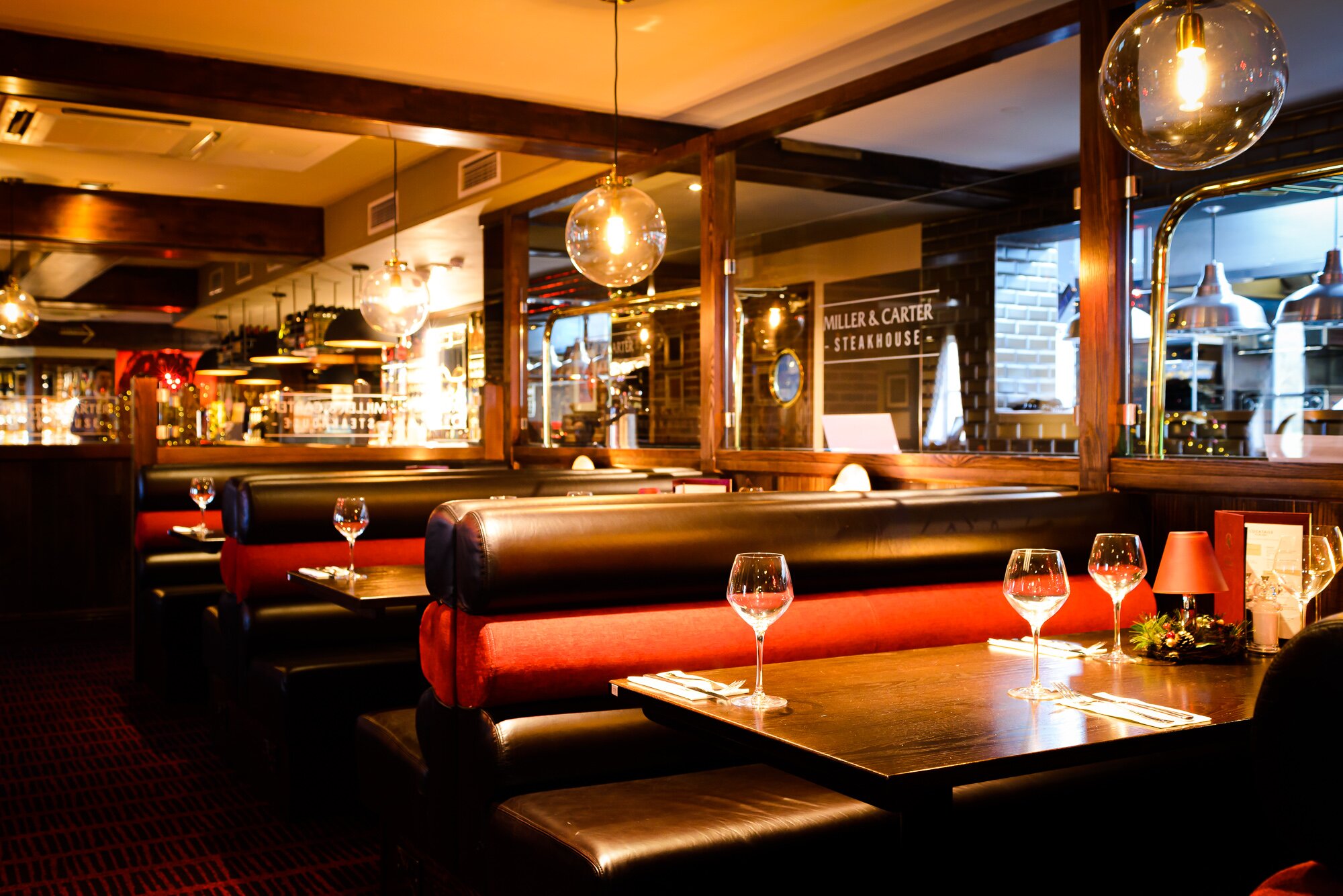
It’s the special events like Christmas, Valentine’s Day and Mother’s Day that are Miller & Carter’s biggest period, with very high demand.
###The steaks are high
Meanwhile, despite the fact that Walsh isn’t keen to be drawn on precise figures when it comes to average spend per head, she indicates that it is “increasing all the time” as a result of the rising cost of red meat, as well as ever-inflating business costs.
“We’re in a place where we don’t want to dabble with quality, so we will add price on,” Walsh says. “So far, they [the customers] have been happy to pay for it because of the overall value and experience of what they are getting. And I don’t take any of this for granted at all – I am very aware that we are now becoming expensive, but we do want to make sure we are open to everyone,” she says.
The alternative to being expensive is to find different ways to engineer the menu, and experience has taught Walsh that this isn’t her favoured approach: “A few years ago, we did try to have a look at what we could do, not so much on the quality of the steak but on the cut. But the guests can tell the difference. So rather than trying shortcuts, we just go for the quality,” she adds.
More sites are to come. Originally, the brand planned to open a maximum of around 120 restaurants, but it will now grow beyond that figure this year. So far, around two-thirds of the restaurant estate has been created as a result of conversions from a variety of other M&B formats, while roughly a third is made up of new site acquisitions.
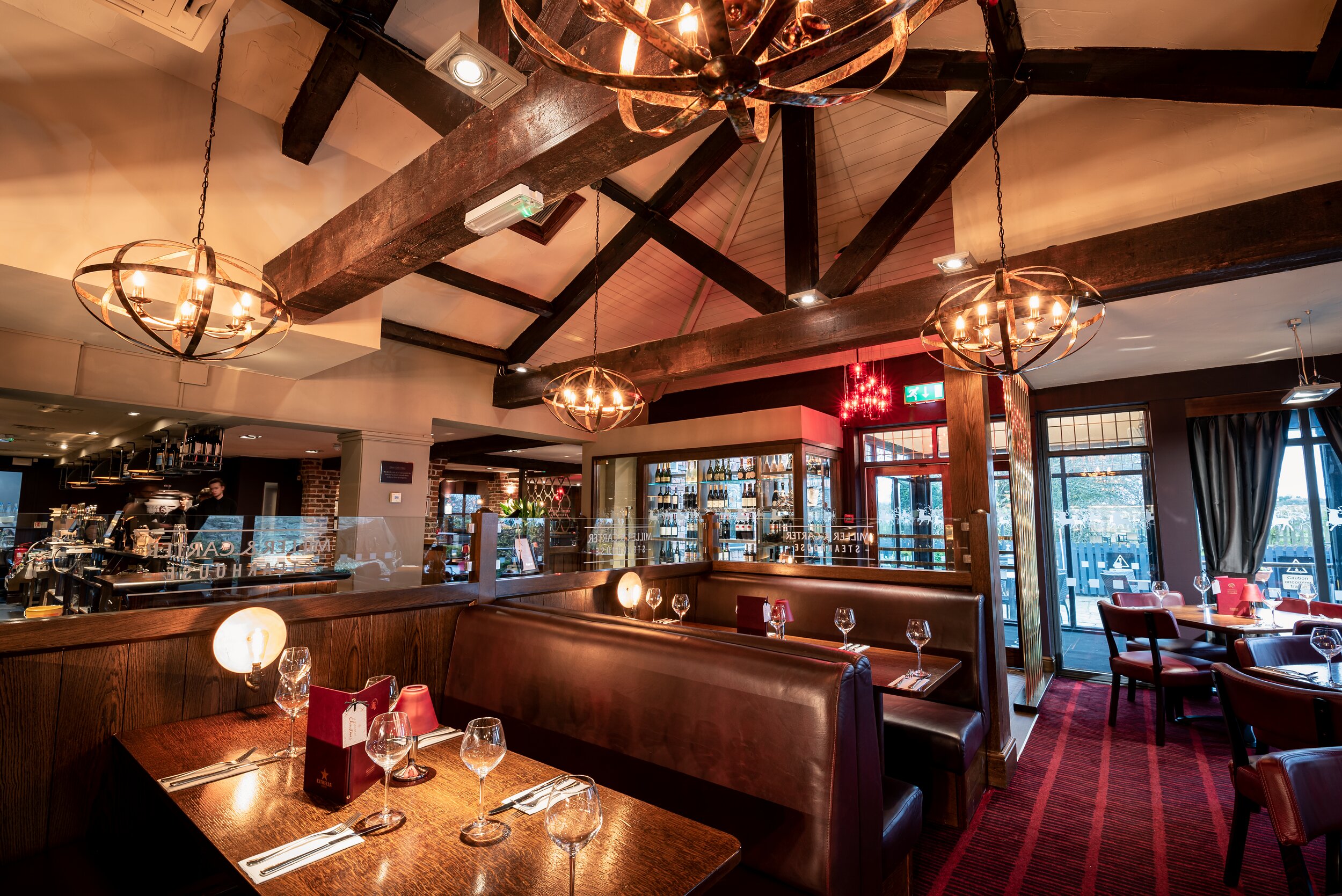
As time moves on, the strategy could shift: “At some point, we will probably become more acquisitions than conversions. But at this moment in time, there are some fantastic assets across Mitchells & Butlers that we believe can be converted over to Miller & Carter,” Walsh says.
The business is also still trying to examine what profile of sites would work for new restaurants. “We think we know what the acquisition criteria are, and then we try something different that you think is not going to work and it does,” she explains.
As a result, Miller & Carter plans to undertake guest research as well as examining the restaurants that are working particularly well, and those that are faring less well, to try to identify any patterns. “But I have to say, there are sites where you think ‘how on earth is that doing what it’s doing’? Because on paper you think it shouldn’t do this. We have got some fantastic teams that are just outstanding at managing bookings and the whole guest experience,” she adds.
When asked how much bigger Miller & Carter can grow from here, she doesn’t put a figure on it, but insists that it doesn’t become so big that it loses its identity. “What is important is that it stays at a level that it is personable to the team and the people. I want to be able to wrap my arms around everybody and make sure they have still got the correct leadership. That is very important.” And with that, Miller & Carter’s leader rushes off for her next appointment.
“I want to be able to wrap my arms around everybody and make sure they have still got the correct leadership”
##Facts and figures – Miller & Carter
Owner Mitchells & Butlers
Staff 3,000
Sites 117
Average revenue per site Undisclosed (but claimed to be above the market average)
Restaurant with highest spend per head Glasgow
##Steak school
Miller & Carter puts all its salaried front and back of house members of staff, as well as the members of the Miller & Carter brand team within M&B, through its three-day “steak school”. Walsh won’t say precisely how much this costs, other than to say that the investment is “considerable”, but she is convinced it delivers results.
The steak school takes recruits on a journey from farm to fork, looking at the types of animals chosen for the restaurants, the animal welfare, how they are fed and slaughtered, the different cuts of meat and how they are matured, and then finally studying how it is cooked. After four years, all staff attend a refresher course.
“We have been running the programme since 2010. In the heyday of our big roll-out about 18 months ago, there was a steak school almost every other week, with 18-20 people to the farm each time,” Walsh says.
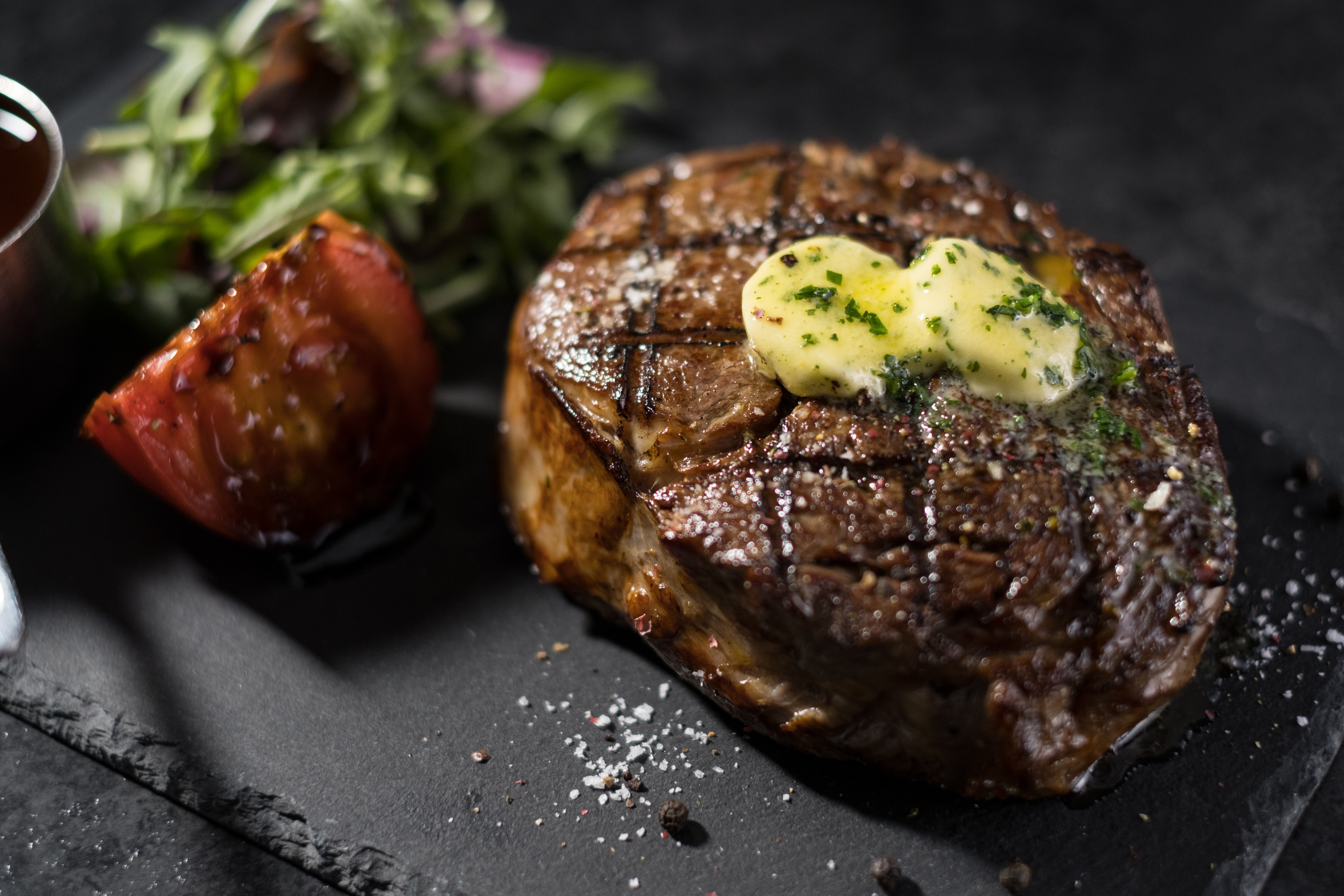
##Catering for meat-free – up to a point
While a selection of 30- and 50-day-aged British and Irish steak cuts are the bedrock of Miller & Carter’s offer, the brand has an expansive menu that also boasts a range of steak burgers, a host of vegetarian and fish dishes, and barbecue ribs and chicken, to name just a few.
Walsh sees the potential for steak cuts from more far-flung places such as Uruguay and Argentina, and is also trialling wagyu, which has taken off in the chain’s Glasgow restaurant, where average spend per head is the highest of any of its restaurants.
Despite a growing trend towards vegan options, meat-free dishes are unlikely ever to feature all that prominently at Miller & Carter. “I wouldn’t say that we are going out of our way to provide vegan dishes, but if we see something and it works for us, then we will run with it,” says Walsh. “But we’re very aware that it will be a meat-eater that will drive the booking with Miller & Carter. A vegan is not going to come voluntarily, but if there’s a group, then there may be a vegetarian or a vegan among them. We are continually looking at other products and what we need to satisfy guests.”


